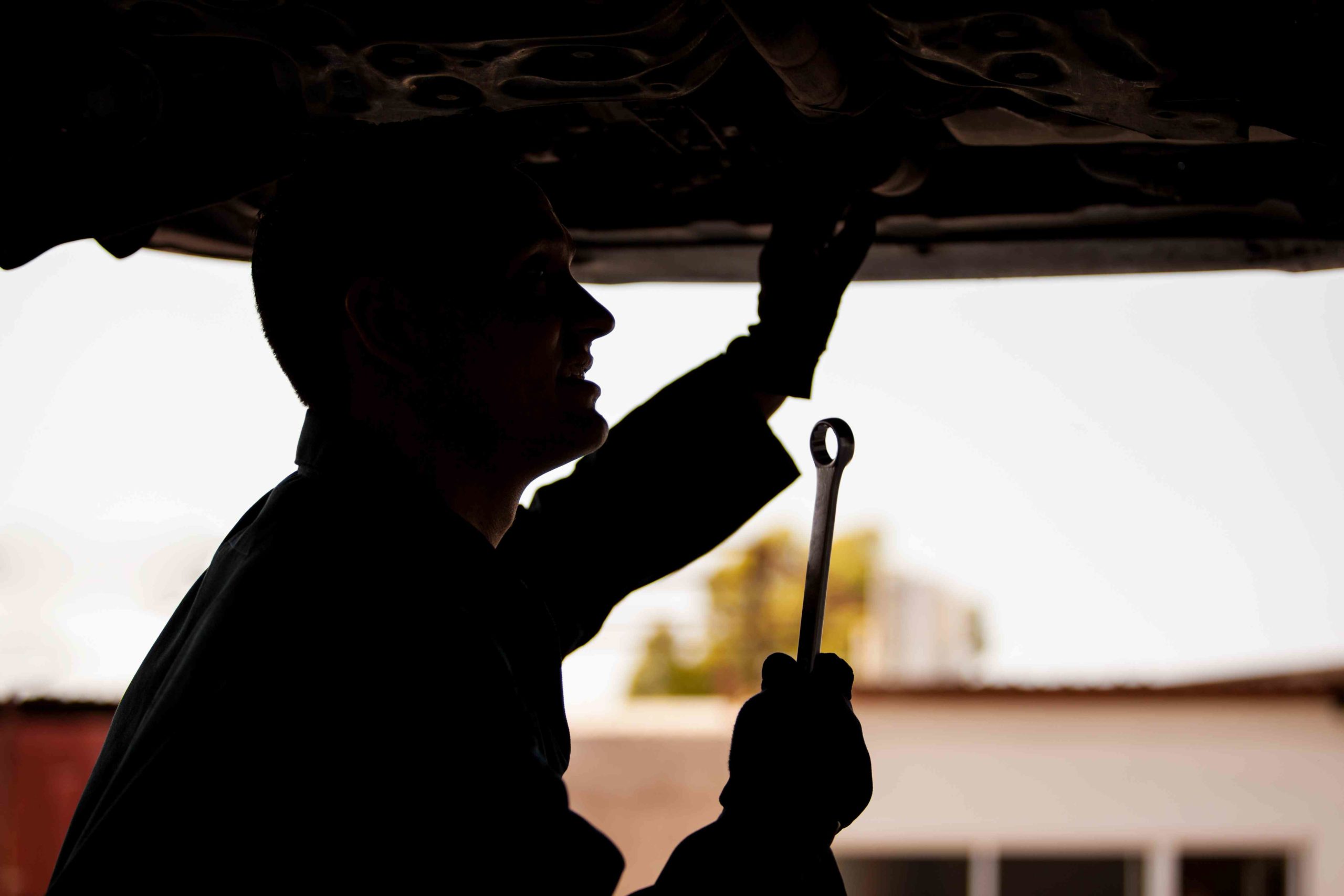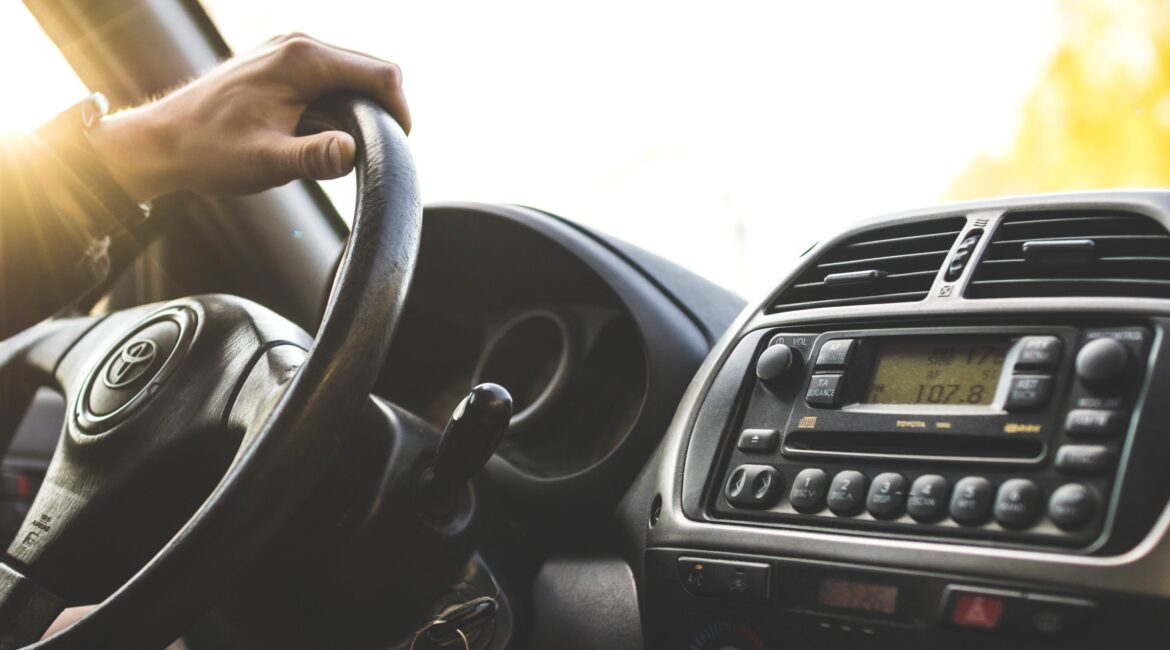An issue with the auto collision repair and the insurance industry seems to be the notion that OEM repair procedures are merely recommendations. They are not. Toyota procedures are based on best practice and company research. It is important that customers know this.
Toyota has repair information for technicians in two different online locations and stresses that these procedures are not just some basic guidelines, but they must be adhered to in order for the repair to be safe for both the technician doing the work and for the vehicle owner after the repair.
From Toyota:
“To prevent dangerous operation and damage to your customer’s vehicle, be sure to follow the instructions shown below. . .
° When performing the operations following the procedures using this manual, be sure to use tools specified and recommended. If using non-specified or tools other than recommended tools and service methods, be sure to confirm the safety of the technicians and that there is no possibility of causing personal injury or damage to the customer’s vehicle before starting the operation.
° If part replacement is necessary, the part must be replaced with the same part number or equivalent part. Do not replace it with an inferior quality part.

What Toyota says about OEM parts
Toyota does not allow for the use of non-OEM repair parts in their vehicles. This means any other parts built by a company other than Toyota or a Toyota supplier are not allowed. Of course, that doesn’t mean that your repair shop won’t use them, so it is important to discuss with your repair shop what parts they are using, and what is covered under your insurance policy.
As an example, Toyota referenced a particular compressor and battery blanket built specifically to keep the Prius battery at a stable temperature regardless of outside temperatures. Toyota said that if it fails and it’s not an OEM part, it could void the warranty. The Toyota Prius powertrain warranty is 5 years or 60,000 miles so older if it’s still within the warranty window you would be stuck having to buy a new battery plus replacing the non-OEM parts.
What Toyota says about proper tools
Toyota is firm on shops having the right tools for the right job, as it could be dangerous to the technician and the car owner after the repair if they are not approved tools. And why is that? Cars today are built to very exact tolerances. The collision industry, in turn, builds tools and equipment, even fixtures to hold parts in very exact locations during a repair. But it is an investment that not every auto body shop makes.

Why you should care
You purchased a Toyota because you value safety and dependability in your vehicles. These are principals that the brand stands for. If you want to maintain that safety and reliability you owe it to yourself to find a collision repair shop that takes the Toyota OEM repair guidelines seriously and makes them a part of how they repair vehicles. Not all shops do, and it is probably the most important distinction you need to be aware of as a Toyota owner. You have the final say in your repair.
Syndicated content from https://capturethekeys.com/.

